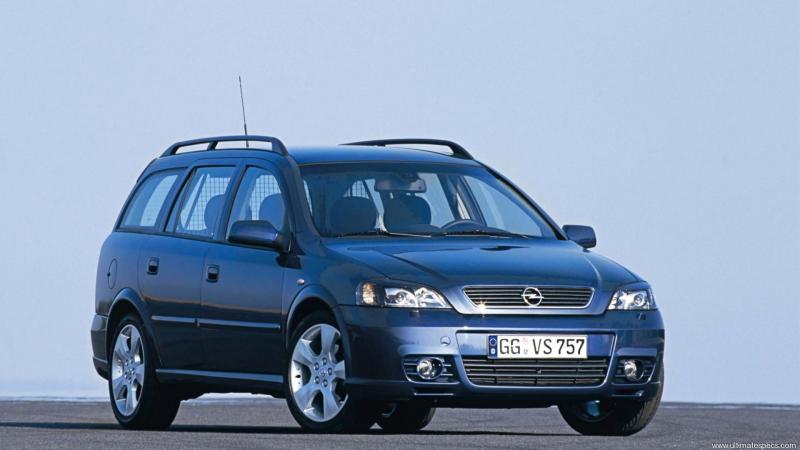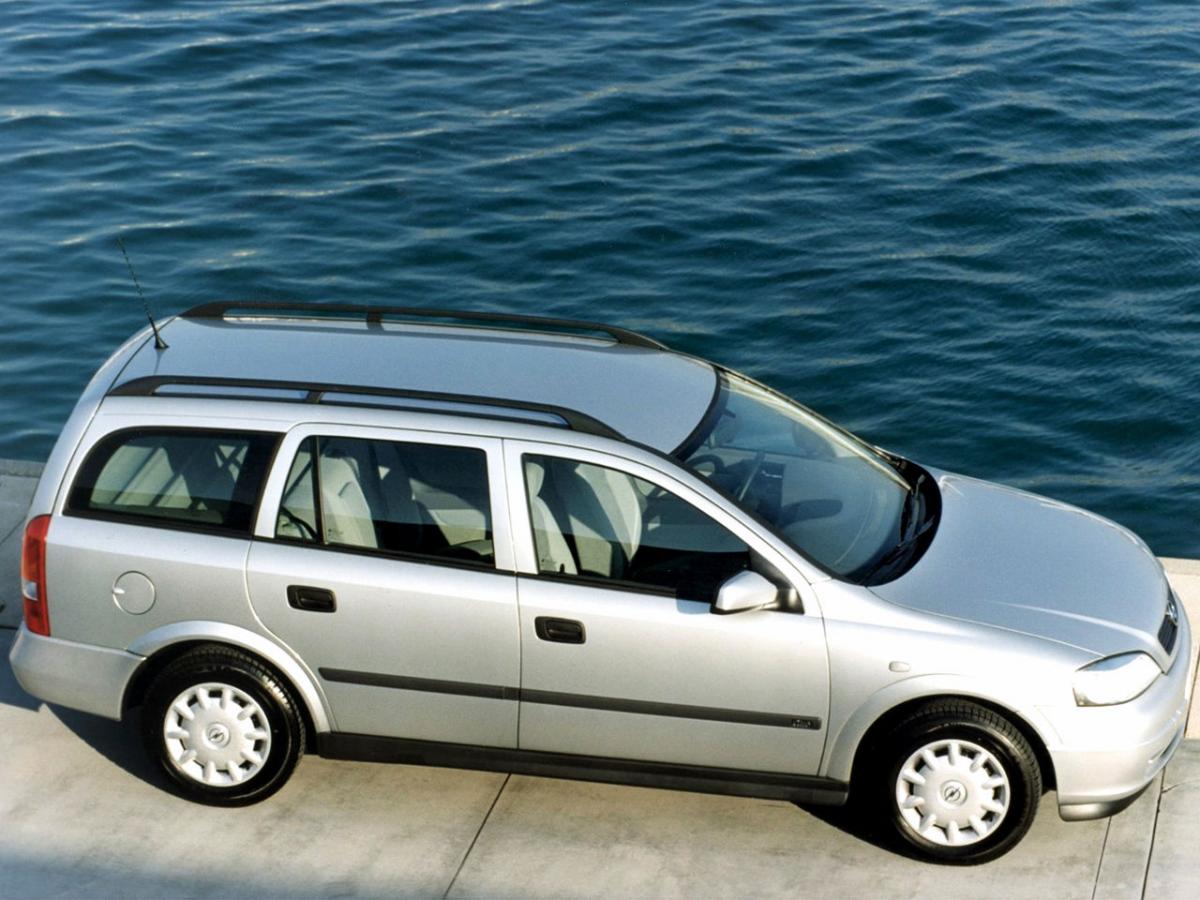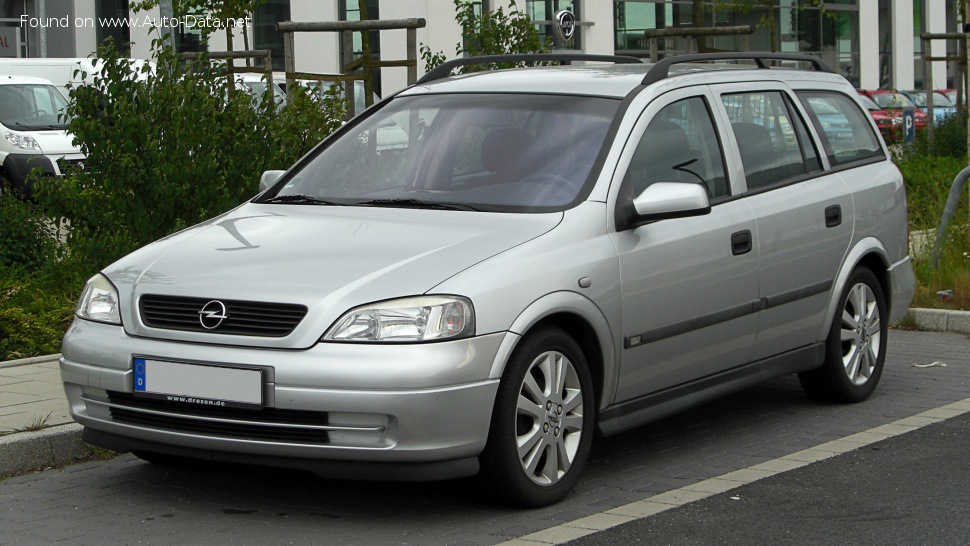Opel Astra G Caravan Technische Daten: The Full Specs Families Should Check
The Opel Astra G Caravan, a stalwart of the late 90s and early 2000s, remains a popular choice for families seeking a reliable and practical estate car. Its spacious interior, robust build quality, and relatively affordable price point have solidified its place in automotive history. But before you consider adding one to your family, it’s crucial to delve into the Opel Astra G Caravan Technische Daten – the full technical specifications – to ensure it meets your specific needs. This article provides a comprehensive overview, helping you make an informed decision.
Engine Options: Powering Your Journey
The Astra G Caravan offered a wide range of engine choices, catering to diverse driving styles and fuel preferences. Understanding these options is key to finding the right fit for your family’s driving habits.
- Petrol Engines:
- 1.2i 16V: Entry-level engine, ideal for city driving and fuel efficiency. (Power: ~75 PS)
- 1.4i 16V: Slightly more powerful than the 1.2i, suitable for a broader range of driving conditions. (Power: ~90 PS)
- 1.6i: A popular choice offering a good balance of power and economy. (Power: ~100 PS)
- 1.6 16V: Improved performance over the standard 1.6i. (Power: ~100 PS, sometimes slightly higher)
- 1.8i 16V: Offers more spirited performance for longer journeys and carrying heavier loads. (Power: ~115 PS or ~125 PS depending on the model year)
- 2.0 16V: The sportiest petrol option, providing ample power. (Power: ~136 PS or ~160 PS in the GSi/OPC models)
- Diesel Engines:
- 1.7 DTI: A fuel-efficient and reliable diesel engine, known for its longevity. (Power: ~75 PS)
- 2.0 DI: A direct injection diesel, providing a good combination of power and economy. (Power: ~82 PS)
- 2.0 DTI: A turbo diesel variant, offering improved performance over the DI model. (Power: ~101 PS)
Important Considerations:
- Emissions Standards: Research the specific emission standards of the model year you are considering to ensure compliance with local regulations.
- Fuel Consumption: Analyze the stated fuel consumption figures (usually in liters per 100km) for each engine variant to estimate running costs.
- Performance: Consider the power output (PS - Pferdestärke, or horsepower) to determine if the engine is suitable for your typical driving needs, including highway driving and carrying passengers/cargo.
Dimensions and Capacity: Space for the Family
The Astra G Caravan’s spacious interior and generous cargo capacity were key selling points for families.
- Length: ~4.52 meters (depending on the specific model year and trim)
- Width: ~1.71 meters
- Height: ~1.46 meters
- Wheelbase: ~2.61 meters
- Cargo Capacity (Seats Up): ~480 liters
- Cargo Capacity (Seats Folded): ~1500 liters
Key Takeaways Regarding Dimensions:
- Headroom and Legroom: Ensure sufficient headroom and legroom for all passengers, especially those in the rear seats.
- Cargo Space: The ample cargo capacity is ideal for family vacations, groceries, and everyday errands.
- Parking and Maneuverability: Consider the overall dimensions when assessing parking ease and maneuverability in urban environments.
Transmission and Drivetrain: Getting You Moving
The Astra G Caravan offered a choice of transmissions and a front-wheel-drive configuration.
- Transmission:
- 5-speed manual transmission (standard on most models)
- 4-speed automatic transmission (available on select models)
- Drivetrain: Front-wheel drive (FWD)
Important points:
- Transmission Choice: Consider your driving preference. Manual transmissions offer more driver control, while automatic transmissions provide ease of use, especially in stop-and-go traffic.
- Reliability of the Transmission: Inquire about the reliability of the transmission, especially the automatic gearbox, as potential repairs can be costly.
Suspension, Brakes, and Safety: Keeping You Safe
Understanding the Astra G Caravan’s safety features and mechanical components is crucial for ensuring a safe driving experience.
- Suspension:
- Front: MacPherson struts
- Rear: Torsion beam axle
- Brakes:
- Front: Ventilated disc brakes (depending on the engine)
- Rear: Disc brakes or drum brakes (depending on the engine and trim)
- ABS (Anti-lock Braking System) was standard on most models.
- Safety Features:
- Airbags (driver and passenger, side airbags available on some models)
- Seatbelt pre-tensioners
- Reinforced body structure
Safety Considerations:
- Braking Performance: Evaluate the braking performance, especially when carrying a full load.
- ABS Functionality: Ensure the ABS system is functioning correctly.
- Airbag Condition: Verify the airbags are in good working order.
Trim Levels and Features: Amenities to Enhance Your Drive
The Astra G Caravan was available in various trim levels, each offering a different set of features.
- Base Trim: Typically included basic features like power steering, central locking, and a radio.
- Mid-range Trim: Often added features like electric windows, air conditioning, and upgraded interior trim.
- High-end Trim: Might include features like alloy wheels, cruise control, and advanced audio systems.
Key Feature Checklist:
- Air Conditioning: Essential for comfortable driving, especially during warmer months.
- Electric Windows and Mirrors: Add convenience to daily driving.
- Audio System: Consider the quality and features of the audio system.
- Cruise Control: Enhances comfort during long journeys.
- Alloy Wheels: Can improve the car’s appearance and handling.
Conclusion: Making the Right Choice
Choosing the right Opel Astra G Caravan involves careful consideration of its Technische Daten. Assess your family’s needs, driving habits, and budget. Research the available engine options, dimensions, safety features, and trim levels. By analyzing the Opel Astra G Caravan Technische Daten thoroughly, you can make an informed decision and choose a reliable and practical estate car that meets your family’s requirements. Remember to always inspect the vehicle thoroughly before purchase and consider a pre-purchase inspection by a qualified mechanic.
FAQs
1. What is the average fuel consumption of the Astra G Caravan?
Fuel consumption varies significantly depending on the engine. Petrol engines typically consume between 7-10 liters per 100km, while diesel engines often achieve figures between 5-7 liters per 100km. Specific figures can be found in the car’s documentation or online resources, such as official manufacturer specifications.
2. Is the Astra G Caravan a reliable car?
The Astra G Caravan is generally considered a reliable car, especially the diesel models. However, like any older car, it is essential to maintain it properly and address any mechanical issues promptly. Regular servicing and preventative maintenance are key to ensuring its longevity.
3. What are the common problems with the Astra G Caravan?
Common issues can include electrical problems, suspension component wear, and rust, particularly in older models. Diesel engines can experience issues with fuel pumps and injectors. Thorough inspection, especially before purchase, is essential to identify potential problems.
4. What is the towing capacity of the Astra G Caravan?
The towing capacity varies depending on the engine and model year. Generally, petrol models can tow up to 1300 kg (braked trailer), while diesel models often have a slightly higher towing capacity. Consult the vehicle’s documentation for specific figures.
5. Where can I find the Opel Astra G Caravan Technische Daten for a specific model?
You can find detailed technical specifications for a specific Astra G Caravan model in the original vehicle documentation (owner’s manual), online databases dedicated to car specifications, and in automotive publications or websites. Be sure to specify the engine, trim level, and model year when searching.




